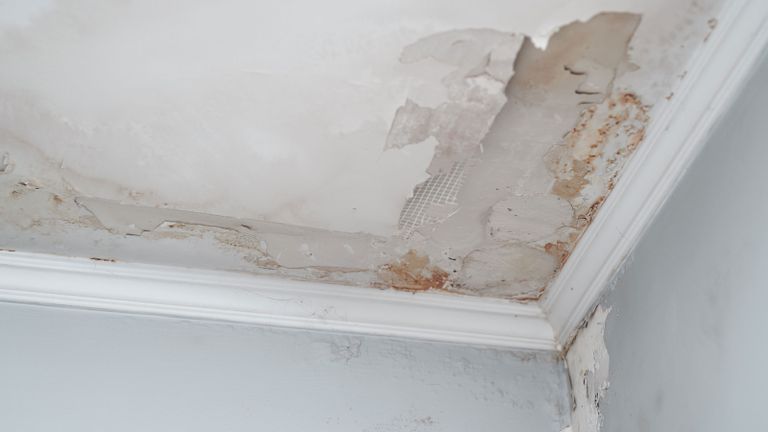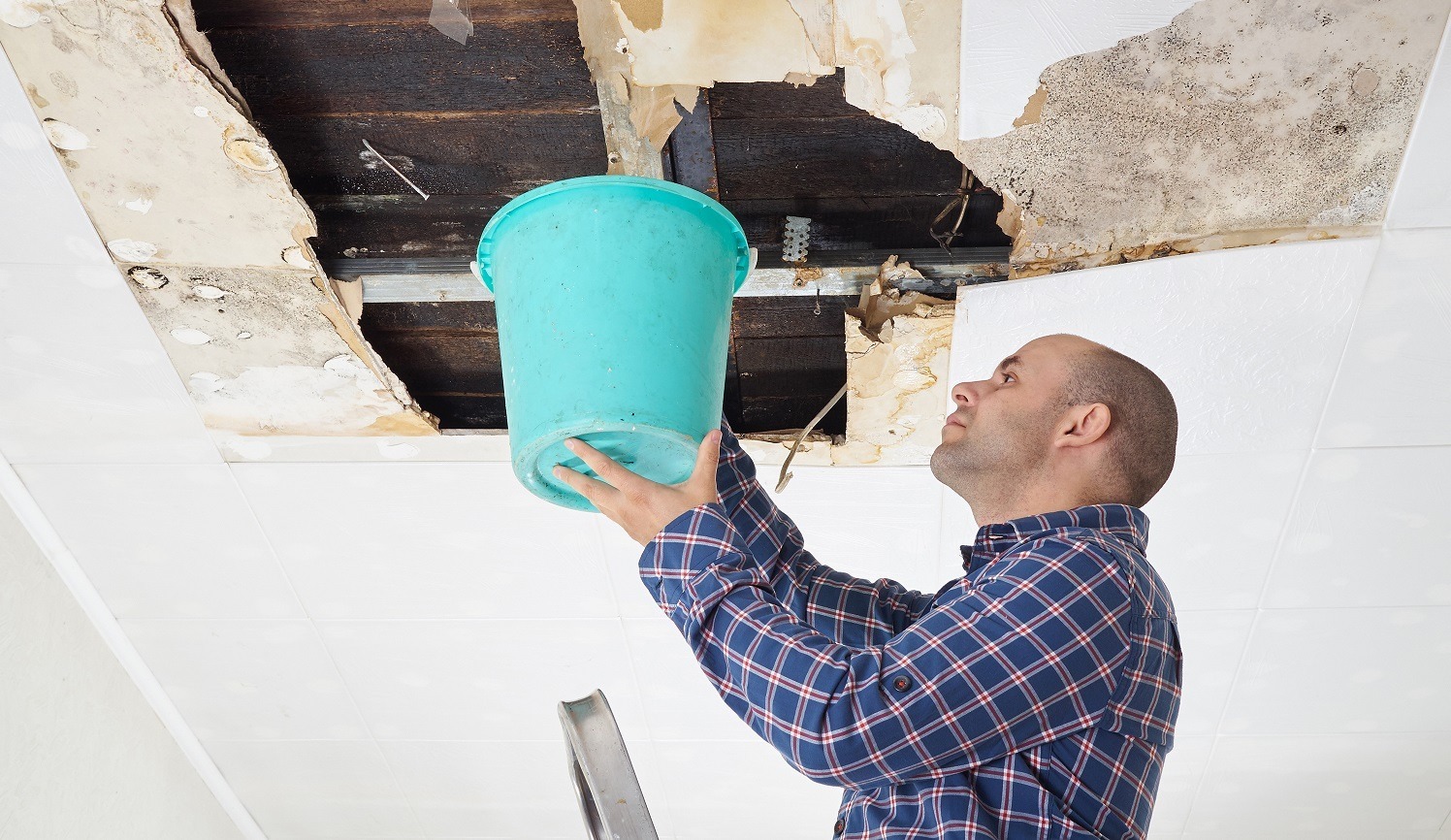6 Water Damage Restoration Do's and Don'ts.
6 Water Damage Restoration Do's and Don'ts.
Blog Article
Were you trying to find know-how around What You Can Do At Home To Prevent Fire And Water Damage?

Water offers life, water breach on components where it's not expected to be can result in damage. Homes with water damages scent musty and also old.
Water can originate from lots of sources such as hurricanes, floodings, ruptured pipes, leakages, as well as sewer concerns. In case you experience water damage, it would be great to know some safety and security preventative measures. Here are a couple of guidelines on just how to handle water damages.
Do Prioritize Home Insurance Policy Protection
Water damage from flood as a result of heavy winds is seasonal. You can also experience an unexpected flooding when a malfunctioning pipeline suddenly bursts into your house. It would certainly be best to have residence insurance that covers both acts of God such as natural disasters, as well as emergency situations like damaged plumbing.
Do Not Fail To Remember to Shut Off Energies
In case of a disaster, especially if you live in a flood-prone location, it would certainly be suggested to switch off the major electric circuit. This cuts off power to your entire residence, avoiding electrical shocks when water is available in as it is a conductor. Additionally, do not neglect to turn off the main water line valve. Furnishings will relocate about and create damage when floodwaters are high. Having the major shutoff shut off protects against additional damages.
Do Keep Proactive and Heed Weather Informs
Tornado floods can be extremely uncertain. Remain proactive and ready if there is a history of flooding in your neighborhood. Listen to emptying warnings if you live near a river, creek, or lake . Secure belongings from the ground floor and cellar, after that put them on the highest feasible degree. Doing so decreases prospective home damage.
Don't Disregard the Roof
Before the climate turns terrible, make sure you have a roof evaluation. It would certainly be sensible to obtain this service yearly as it can reduce complicated concerns. If there are no openings and also leakages in your roof, you can avoid rain damage. Your roofing contractor will certainly additionally care for faulty gutters or any other signs of weakening. This will certainly avoid water from moving down your walls and saturating your ceiling.
Do Take Notice Of Little Leakages
A burst pipe doesn't happen overnight. You might notice bubbling paint, peeling off wallpaper, water touches, water spots, or leaking sounds behind the walls. Have your plumbing fixed prior to it results in large damage.
Don't Panic in Case of a Ruptured Pipe
Keeping your clearheadedness is important in a time of crisis. Panicking will only worsen the trouble due to the fact that it will certainly stifle you from acting fast. Timing is key when it comes to water damage. The longer you wait, the even more damage you can anticipate. Therefore, if a pipe bursts in your house, right away shut off your primary water valve to remove the source. After that disconnect all electric outlets in the location or shut off the breaker for that part of your house. Lastly, call a reliable water damage reconstruction specialist for help.
Water provides life, water invasion on components where it's not meant to be can result in damages. Houses with water damage smell old and musty.
Water damages from flooding dues to heavy winds is seasonal. You may discover bubbling paint, peeling off wallpaper, water touches, water stains, or trickling audios behind the walls. When it comes to water damage, timing is vital.
Some Do's & Don't When Dealing with a Water Damage
DO:
Make sure the water source has been eliminated. Contact a plumber if needed. Turn off circuit breakers supplying electricity to wet areas and unplug any electronics that are on wet carpet or surfaces Remove small furniture items Remove as much excess water as possible by mopping or blotting; Use WHITE towels to blot wet carpeting Wipe water from wooden furniture after removing anything on it Remove and prop up wet upholstery cushions for even drying (check for any bleeding) Pin up curtains or furniture skirts if needed Place aluminum foil, saucers or wood blocks between furniture legs and wet carpet Turn on air conditioning for maximum drying in winter and open windows in the summer Open any drawers and cabinets affected for complete drying but do not force them open Remove any valuable art objects or paintings to a safe, dry place Open any suitcases or luggage that may have been affected to dry, preferably in sunlight Hang any fur or leather goods to dry at room temperature Punch small holes in sagging ceilings to relieve trapped water (don't forget to place pans beneath!); however, if the ceiling is sagging extremely low, stay out of the room and we'll take care of it DO NOT:
Leave wet fabrics in place; dry them as soon as possible Leave books, magazines or any other colored items on wet carpets or floor Use your household vacuum to remove water Use TV's or other electronics/appliances while standing on wet carpets or floors; especially not on wet concrete floors Turn on ceiling fixtures if the ceiling is wet Turn your heat up, unless instructed otherwise

I'm just very interested in What You Can Do At Home To Prevent Fire And Water Damage and I hope you appreciated my blog entry. Loved our write-up? Please share it. Let another person locate it. I am grateful for your time. Please pay a visit to our site back soon.
Report this page